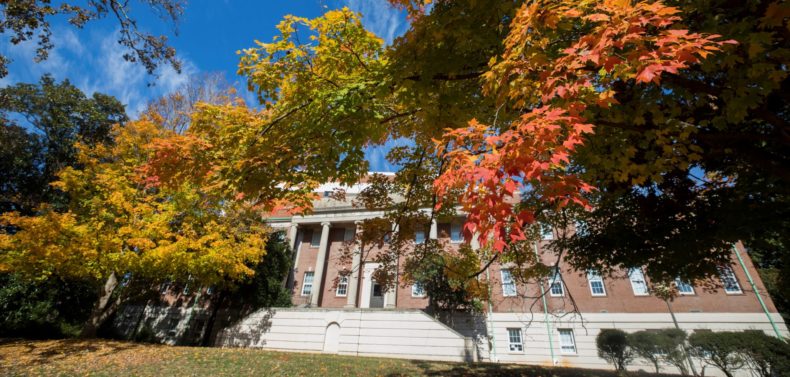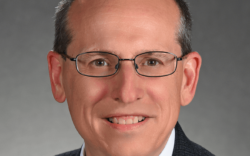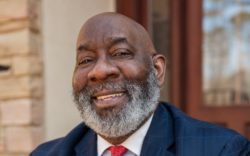The Board of Regents has opted not to rename more than 70 buildings and institutions in the Georgia university system that were named for segregationists, slave owners and white supremacists, going against the recommendation of an advisory board.
The Naming Advisory Group, led by Albany State University President Marion Fedrick, was appointed to examine the names of 3,800 buildings and colleges, working with Civil War historian Lisa Tendrich Frank, in June 2020. The final report recommended changing almost three dozen names on the UGA campus and adding context to another nine.
“The intent of the advisory group was to better understand the names that mark our buildings and colleges, recognizing there would likely be a number of individuals who engaged in behaviors or held beliefs that do not reflect or represent our values today,” regents said in a statement after a called meeting Nov. 22. “The purpose of history is to instruct. History can teach us important lessons, lessons that if understood and applied make Georgia and its people stronger. The Board, therefore, will not pursue name changes on USG buildings and colleges as recommended by the advisory group’s report. We acknowledge, understand and respect there are many viewpoints on this matter. Going forward, the Board is committed to naming actions that reflect the strength and energy of Georgia’s diversity.”
The recommended changes included buildings named for senators, governors and congressmen. For example, Sen. Richard Russell (the Richard B. Russell Special Collections Library, Russell Hall), Sen. Herman Talmadge (Talmadge Auditorium) and Rep. Carl Vinson (Vinson Hall) were powerful lawmakers who used their influence to keep civil right legislation at bay for decades. Buildings are named for several segregationist governors, including Allen Candler, Joseph E. Brown, Wilson Lumpkin and John Milledge. Some, like Lumpkin and Milledge, also pursued Native American removal policies.
Others were named for figures associated with the university. Examples include Aderhold Hall, named for O.C. Aderhold, who resisted integration as president of UGA throughout the 1950s. Church Hall is named for Alonzo Church, who served as UGA president for 30 years in the early to mid-19th century and enslaved at least 13 people. Law school co-founder T.R.R. Cobb (Cobb House, Lucy Cobb Institute) and chancellor Patrick Mell’s (Mell Hall) writings attempted to justify slavery; Cobb was also a Confederate officer. Professor Joseph LeConte (LeConte Hall), whose claim to fame was co-founding the Sierra Club, enslaved 200 African Americans on a plantation he inherited.
The naming group didn’t just look at buildings. It also recommended changing the name of the Grady College of Journalism and Mass Communication, named for legendary newspaper editor Henry W. Grady, whose vision of an industrialized “New South” maintained Black Southerners’ status as second-class citizens.
Unlike the USG, many universities have opted to rename or contextualize campus buildings in the past few years. Clemson stripped secessionist leader John C. Calhoun’s name from its honors college. Ole Miss moved a statue of a Confederate soldier from a prominent place on campus and added signs to some buildings explaining their history. Princeton took the segregationist President Woodrow Wilson’s name off one of its schools. Emory announced in June that it would start the process of removing racists’ names from buildings.
Individual universities in Georgia don’t have the authority to change the names on their own, though. Building names on any USG campus must be approved by the Board of Regents.
Like what you just read? Support Flagpole by making a donation today. Every dollar you give helps fund our ongoing mission to provide Athens with quality, independent journalism.










